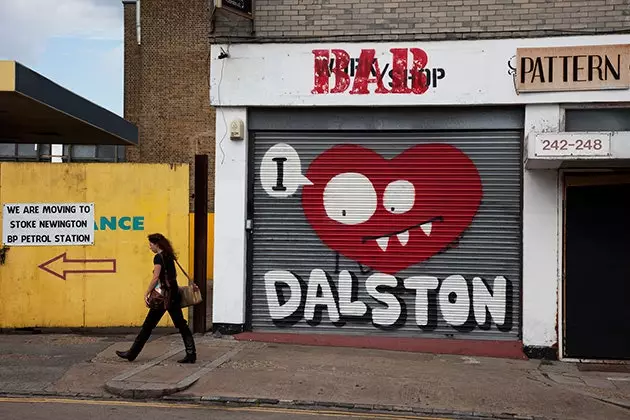
Dalston: a tale about gentrification in London
"Yes. It is gentrification”, he replies bluntly and with a worried face. Mark , dependent on the Rio cinemas , a separate room that leads more than a hundred years in the heart of dalston . "It's the typical scenario: an area is cheap, artists live there because they can't pay rent elsewhere, it attracts people with more money because they think it's a place cool , there is more investment and house prices are skyrocketing. The way to look at it is that more and more stores are closing and new ones are opening, like the organic food store across the street. I have nothing against it! But it wouldn't have happened years ago. And obviously more are coming hipster . Everything is changing and things that have been here for years will probably disappear.
Dalston is the old ' trendy new neighborhood ' of London and one - another - of those examples of gentrification, the socio-urbanistic theory whereby the poorest classes are displaced to the outskirts of the cities while the new rich settle in their neighborhoods because, suddenly, everything cool happens there . We have seen it in many Western cities: from Williamsburg in New York to Kreuzberg in Berlin , or, to give a closer example, Malasaña or Chueca, in Madrid . Each one has its particularities but they all repeat the pattern. And in fact, if we say that it is the old new neighborhood it is because For the pundits, it's already past and it's very 2009 . We'll talk later about what the new 'new hip neighborhood' is.
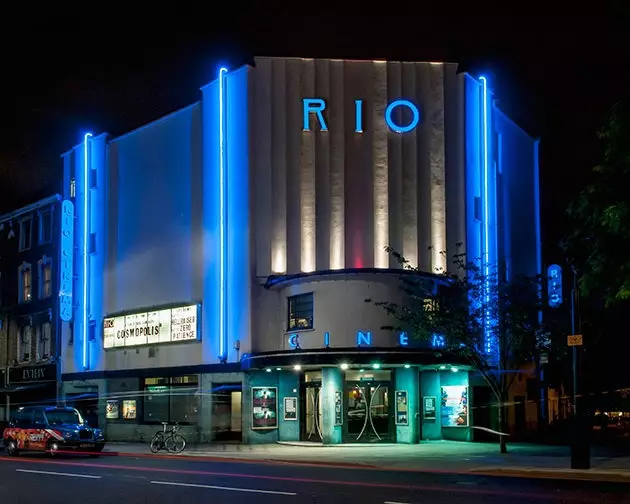
Rio independent cinemas
THE ARTISTS ARRIVE
It happened in the 70's . With the evolution of abstract expressionism, artists needed larger and larger studios to make their paintings. Throughout East London there were many vacant properties because the harbor docks, which had been there until then, were moved to tilbury . So it occurred to several to set up an association, ACME , to ask the city council to let them use those spaces. Area, cheap and traditionally receiving immigrants, it was filled with artists.
“There are theories that say that the creative class needs certain conditions to flourish and one is that be in very multicultural areas . East London is full of people from India, Africans... The artists were just another bunch and they were at ease. It was the area where it was known that if you were an artist, you went there to a studio. And there was a community of art and exchange,” he says. Ricardo Davila-Otoya , who lived as an artist in London and studied the creative industries and the phenomenon of branded geographies , areas such as marks or the explanation of why to say “ I live in Williamsburg / Kreuzberg / Chueca ” gives a little boost to your social status.
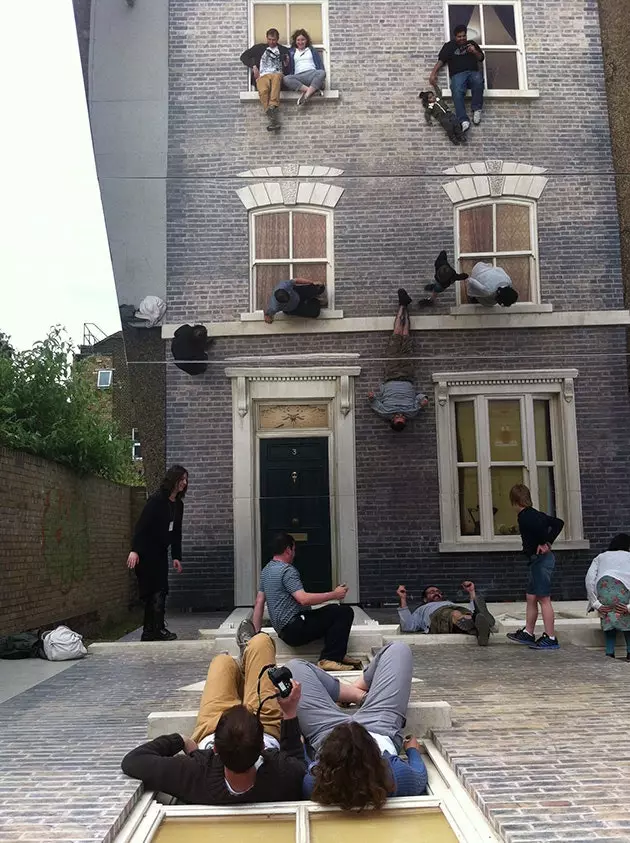
Dalston house, a house to climb without fear of falling
THE TRADE -AND THE PARTY- ARE ACTIVATED
Joshua Compston , a artist-entrepreneur who lived fast and died young (at 25, from the alcohol cocktail + sniffing ether) and who is still honored in the area today, he contacted local merchants to sponsor the ones that the artists bundled up. “ He was the first 'artist entrepreneur '. He had a gallery called Factual Nonsense . He started doing street art parties, where Demien Hirst towards his first circular paintings, Tracey Amin sold tequila shots ... People began to make things of art in exchange for some money. He used to say: if people start to say that incredible things happen here and that this is where all the artists are, everyone will want to come. In the late 1980s, the entire generation of Young British Artists He lived out there making his moves. Little by little bars start to open: ** Zigfrid , On the Rocks, Mother Bar **... and it becomes a party zone”.
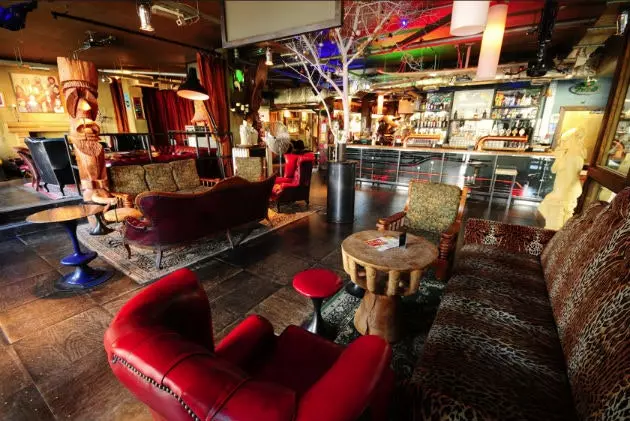
Party at Zigfrid, a trendy joint
For artists, it is no longer a creative zone, but one of people who are going to get drunk and start to leave. His flight is combined, in the case of London, with the birth of the internet: many printing studios in the area served the City , which is next door, but the industry goes digital and graphic and web design studios replace print ones. The artistic world is eaten by the technological , which on top of that moves more money, with the consequent rise in prices: today, a kind of mirror of Silicon Valley in which Google and company have their base, every day there are at least five different events of networking and few offices lack the foosball table.
That in Shoreditch , the neighborhood geographically older than Dalston. “In 2000, everyone who had seen arty Shoreditch started going to berlin because they think that London has become very commercial . That's when the vibe starts' East-Berlin '" Richard says. But those who stay go to Dalston and with them the modern sites. One of the DJ's Zigfrid , a gambling den Shoreditch whose name takes precisely from a Berlin Kreuzberg DJ (if everything is connected!) Dalston was sniffed that it was going to start being the area and in 2007 it opened Dalston Superstore , probably the bar by day and disco by night that modern people like the most . Like him, new art galleries, theaters and all kinds of multi-space cafe-bookstore-event venues decorated with second-hand furniture that you see here, in Dalston, and in any cool neighborhood in the world.
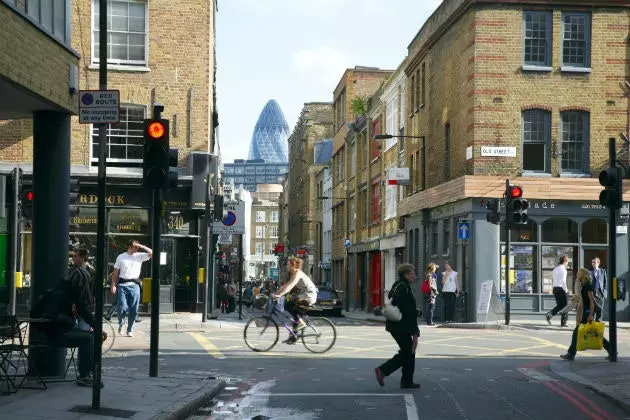
Shoreditch, the neighborhood geographically before Dalson
OPEN NEW -AND INNOVATIVE- LOCALS
Dozens of young people with macbook and enormous horn-rimmed glasses type behind the window of Harvest E8 , which in this case is a cafeteria-organic food store with less than a year of life and another of the premises that add to the spirit of sustainability. The magic of gentrification leaves, among the places a little more “of all life”, places like this one. The height of organic and quintessential trend is ** The Farm Shop **, a small cafe with greenhouse and aquariums inside.
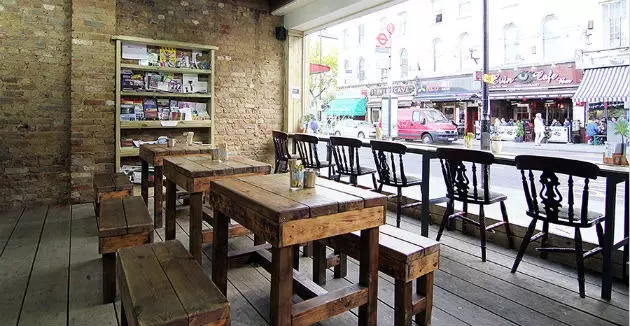
Harvest E8, a cafeteria where young people abound pasta glasses
Next to several tall buildings under construction, it opened three years ago. “The owners won a local competition and gave them the space, showing that it is possible to grow crops in the middle of the city. If you go out to the patio, you can see the chickens ”, Kindly tells me Romina, the waitress. And indeed, outside are the chickens. The eggs they lay are sold there and the sandwiches they prepare with the bread, which they also make, are very tasty. More places to eat: in addition to the market of ridley , full of f good route, nice, cheap and ready to take, streetfest : a street food fair on a construction site. The pieces of urban art that decorate the place carry advertising for Nike.
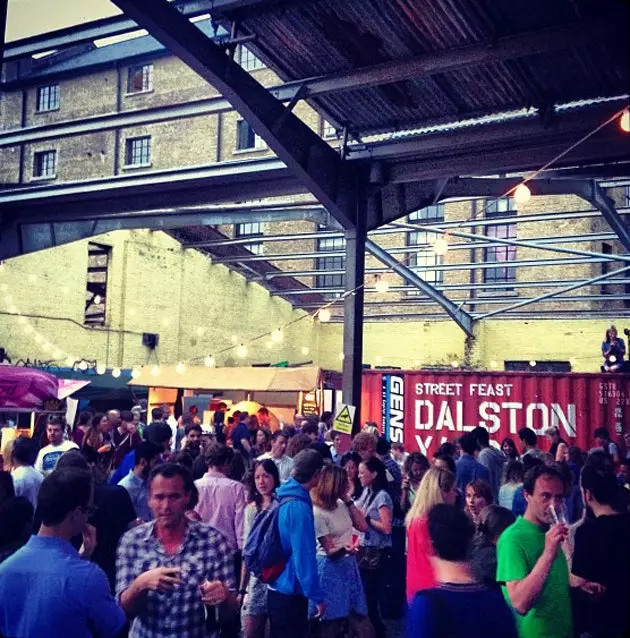
Streetfeast: a street food fair
PRICES RISE
By pure market economy (demand increases > competition increases) some businesses are affected and prices (demand increases > price increases) rise. “ It has affected us Mark continues. “Now there are the **Hackney Picture House** cinemas, which are a chain. Before, we were the only cinema in the neighborhood and it has affected our business, because they have several theaters and we only have one. But I hope we survive."
If we take the price of the kebab as a reference (sometimes I wonder if, like the Big Mac Index, there is no ranking that measures the economy based on what a kebab costs), we can also see it. “A kebab was about £3.5 and now between 5 and 6 ”, Hasan, a young Turkish man who has lived in London for more than ten years, tells me while having breakfast of tea, olives, eggs, feta cheese, bread, butter, jam and honey.
This conversation brings us, by the way, to one of the coolest things about Dalston: that because immigration is traditionally Turkish, there are many turkish restaurants . Among them is the London's oldest kebab , the restaurant ** Mangal **, born 25 years ago and around which competition also flourished. In istanbul serving turkish breakfast , which takes everything that Hasan was drinking, until 2 and in ** Stone Cave ** until 5.
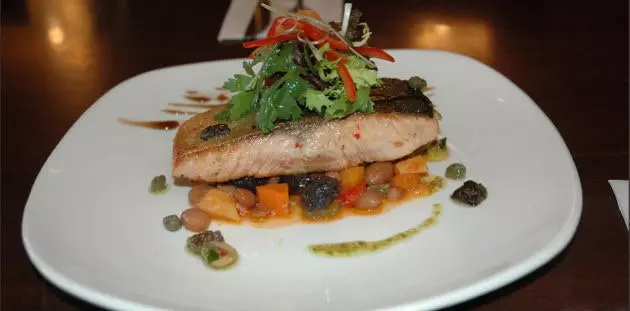
In the Stone Cave you will enjoy a Turkish breakfast until 5
THE AREA CALM
"It has changed a lot. The neighborhood didn't used to be so friendly," he explains. Catherine Veitch , who works at the **Arcola theater**. Arcola is a good example of Dalston's transformation: founded in 2000 by Mehmed Ergen , Turkish emigrant, was the first theater in the area and now it is its main cultural institution. At the time of writing this, Arcola has brought to London a little piece of Madrid's neighborhood of letters by organizing a cycle of works by the Spanish Golden Age . In addition, the theater has -of course- with organic coffee shop specialized in mediterranean dishes and a space to host new projects.a
“When we opened we were the only theater in the area. Now there are a couple more,” continues Veitch. At the beginning of the decade, Dalston and the district of Hackney overall it was not a 'good' area. “There was a lot of fighting and crime, not at a high level but fighting between people. In Turkey there is a fight between Kurds and Turks and somehow it affected here too. He is much calmer now, much calmer than before,” says Hasan. The Olympic Games , that transformed East London and those in which the district hosted athletes and events, also had a hand.
ARTISTS MISS HIM
Nostalgia is a classic in gentrified neighborhoods . In one of those new cafes with wifi, homemade cakes, wooden tables, each chair pulled from a different thrift store, and pretty books, the wall exhibits ' Disappearing Dalston ', an exhibition of photos of the Dalston from the year 2000 . "When I took the photos I was simply capturing the urban landscape, which at that time had a very particular character," says the author of it, Catherine Forrest .“And when I went to develop them, I realized that although most of the things I had captured were still there, the peculiar character was disappearing. It's not a critique of the new hipster Dalston, just a celebration of what came before."
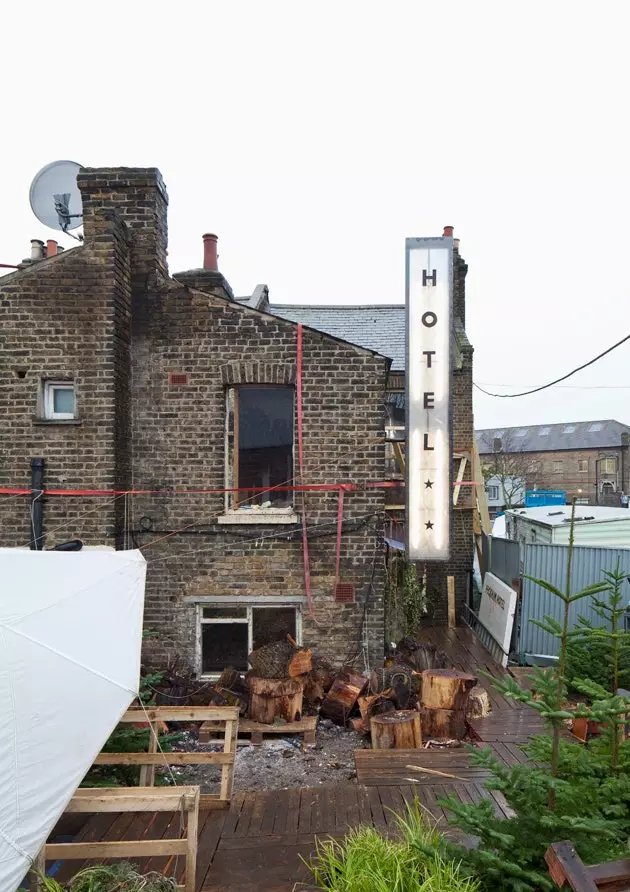
Facade of the Peckham Hotel
AND WHILE HIPSTERS HAVE ALREADY FOUND THEIR NEW NEIGHBORHOOD
Dalston is already old fashioned . The opening of the extension of the orange metro line in 2011 has left another curious urban phenomenon. The line directly connects east and south London, a route that until then was difficult to do. “To go from the east to the south I had to go to London Bridge and from there to another train station. There was no way to cross the river. What's incredible is that you get on the line and the people on it are the same from top to bottom”, recalls Ricardo.
The line leads to Peckham. count the magazine Vice , who did a scan to see what neighborhood it was” the new dalston ” which, indeed, Peckham is already the new Dalston . And, as Ricardo ends, “there are the Camperwood School of Arts, Goldsmith College . Everything is like intellectuals, artists, interdisciplinary ... people of many nationalities, super cheap and easy to get to from the east.” Technology has also found a niche, because next to it the neighborhood of Croydon claims to be the Silicon Valley from South London.
Shall we repeat the story for another article?
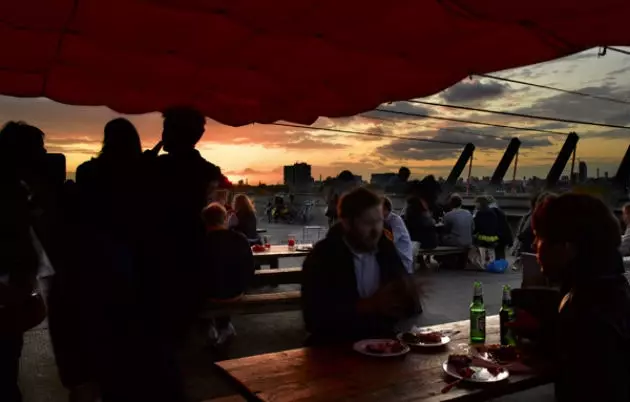
Peckham is already the new Dalston
